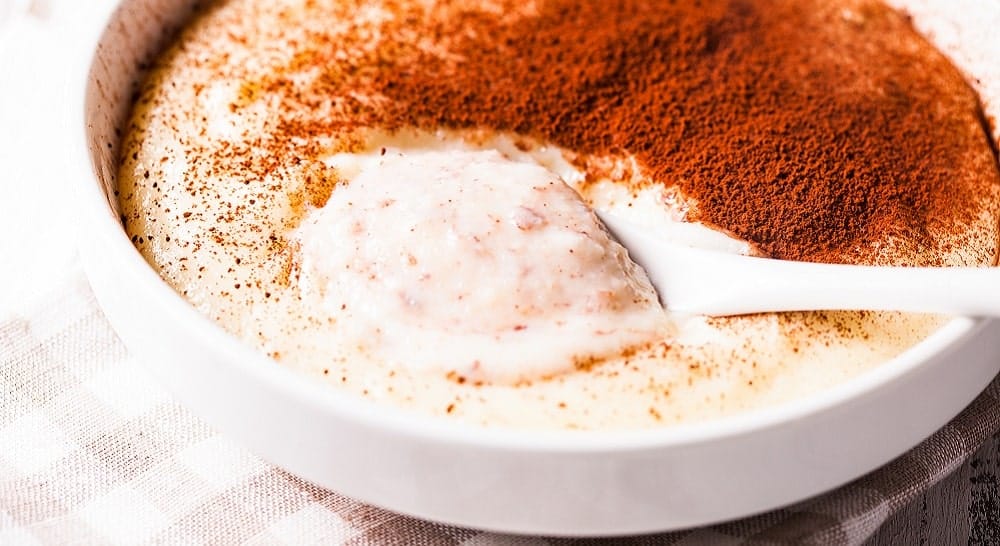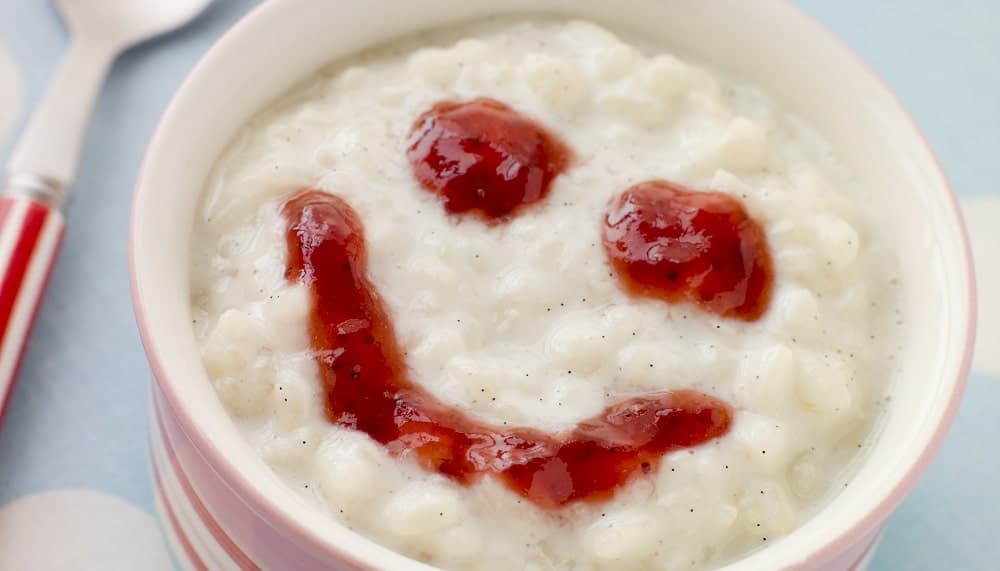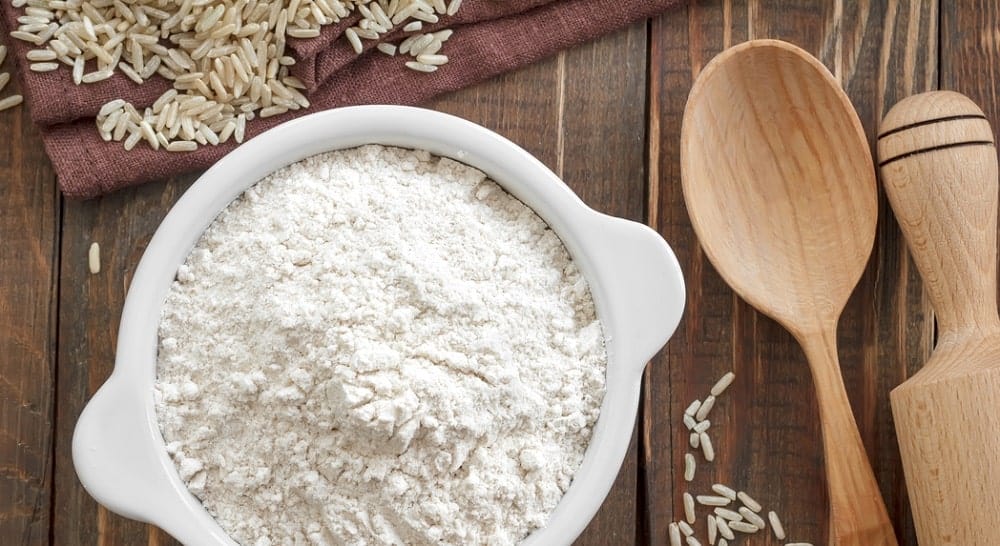If you’re looking for your perfect weight-loss food buddy, compare Cream of Rice with Cream of Wheat. These two fillings, warm morning cereals are pitted against one another — and each have their supporters.
Let’s take a closer look at their in-depth distinctions in this article.
What is Cream of Rice?
A highly healthy and gluten-free alternative to the cream of wheat, Cream Of Rice is a delicious and nutritious dish. Quite simply, cream of rice is a bland flour that is made from rice.
A hot cereal breakfast consisting of uncooked ground rice is the most frequent use for this product. It is often referred to as a bodybuilding snack since it has a high concentration of carbohydrate calories.
It is utilized as a pre-workout meal since it is rich in carbs and serves as a fantastic source of fuel and energy, which is why bodybuilders take it in large quantities. You may readily buy packaged cream of rice in grocery shops, but these goods have been processed and generally have something added to them to enhance the product’s nutritional content.
What is Cream of Wheat?
Farina is sold under the brand name Cream of Wheat. It is a kind of milled wheat that is created by gently breaking the grain and then air-purifying it to separate the majority of the lighter-weight bran particles from the heavier endosperm.

Because the endosperm is the same portion of the wheat kernel that is used to create pasta, farina has a delicate texture. When farina is cooked on the stovetop with water or milk, it transforms into a creamy, mellow, sweet-tasting porridge.
This is in striking contrast to the texture of oatmeal, which is often chunkier and chewier in nature. While oatmeal may be made gluten-free, Cream of Wheat is virtually by definition high in gluten.
Cream of Rice: Benefits and Nutritional Content
Even though rice seems dull and uninteresting on the surface, when you examine its nutritional profile and flexibility, you will discover that it is a ‘superfood’ in its own right. You may not be aware that rice is a good source of more than 15 essential vitamins and minerals, including folic acid and B vitamins, potassium and magnesium, and fiber, iron, and zinc.

But the advantages of rice for bodybuilding extend well beyond these specific instances. The number of carbohydrates a bodybuilder will need to get the energy they will need to develop is just as essential as the amount of protein they will consume. However, this is frequently neglected.
While many weight-loss and even a few strength-building diets advocate for high-protein, low-carb diets, this isn’t always the case for bodybuilders and shouldn’t be the case in the first place. In order to develop muscle, you’ll need a variety of nutrients in addition to protein to fuel your rigorous exercise schedules.
In terms of bodybuilding, one of the most significant advantages of Cream of Rice comes from its standing as one of the most guaranteed and cleanest fuel sources to grow on the planet.
Cream of Rice vs. Cream of Wheat: Best to eat when?
Making your own Cream of Rice is a better and healthier option than buying pre-made. Making your own cream of rice is also much cheaper than purchasing it pre-packaged.

It should get you no more than 10 minutes to prepare this simple ingredient or dish. Prep the rice overnight, and it becomes a nutritious snack.
While Cream of Wheat is flexible and simple to consume. It may be prepared with water or milk and cooked in the microwave, stovetop, or slow cooker.
You may also add sweet or savory toppings to suit your tastes. However, you may mix and match your toppings to make your own unique Cream of Wheat.
Cream of Wheat: Benefits and Nutritional Content
Cream of Wheat contains calcium carbonate, which makes it a healthier option. In addition to improving bone density, calcium also aids in the contraction of muscles.

This product contains ferric phosphate, which is an iron source. One serving now includes 11 milligrams of iron, which is an increase in the nutritional value. A vital mineral in red blood cells, which transport oxygen to all of the cells in your body, iron is a necessary component of the cell’s structure.
It is also an excellent source of natural whole-wheat carbohydrates since it is made from whole wheat flour. For the grain to develop, the endosperm, which is found in the kernel’s core, must be used to create a husk.
Hemp seed includes carbs, proteins, vitamins, and minerals and constitutes the majority of the kernel. Cream of Wheat and healthy grains are often associated with one another, and there is a variety of Cream of Wheat healthy recipes to choose from.
Still, the fiber in oatmeal seems to be the key to its effectiveness as a component of many weight-loss plans. According to the authors of the Nutrients research, the beta-glucan soluble fiber found in whole oats was the cause of the weight reduction in their participants.
Cream of Rice vs. Cream of Wheat: Which is healthier?
Overall, the Cream of Rice is a good source of energy. It’s great for bodybuilders, gluten-free eaters, and anybody who likes the flavor and texture.

If you want to lose weight, lessen the consumption of cream of rice. You may eat this kind of rice dish occasionally if the high-calorie content fits your regular routine and calorie burn.
However, this cream is rich in nutrients and promotes muscular development, making it ideal for bodybuilders. Its high carbohydrate and calorie content make it an excellent pre-workout meal.
On the other hand, Cream of Wheat is a fantastic source of a variety of essential nutrients, including niacin, vitamin B6, thiamine, riboflavin, and folate, among others.
It’s also high in iron, which is a vital element that many vegans and vegetarians are deficient in due to their diet.
However, since it includes gluten and may contain a significant amount of salt, depending on the kind, cooking technique, and add-ins, it may not be an excellent nutritional supplement for everyone in every situation.

